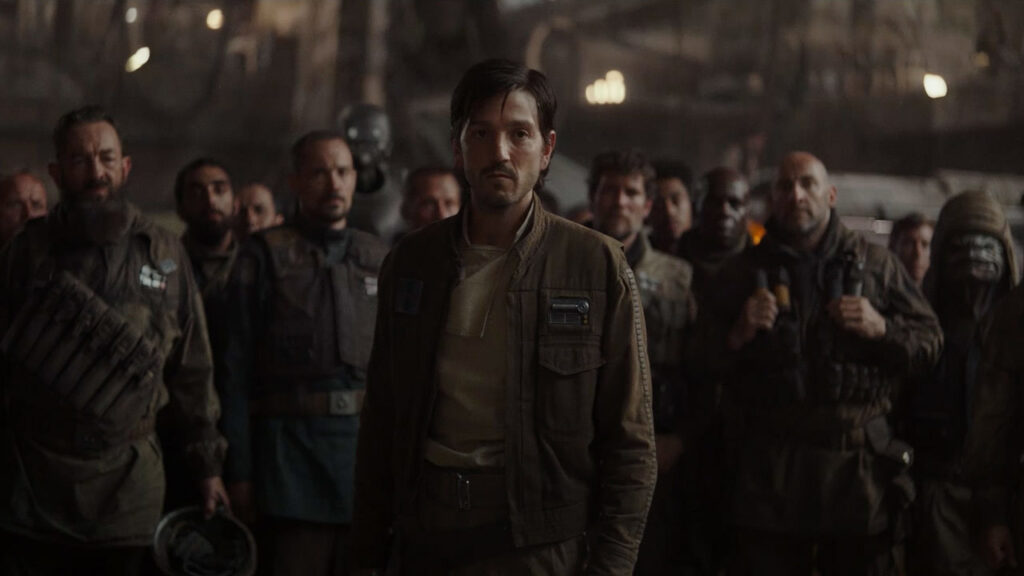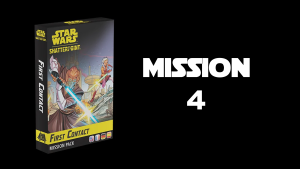We’d like to volunteer
Right, so lets dig right in to our first unit preview, the Rebel Troopers. This is the first of our catch-up unit guides.
If you missed the intro article, you can find it here: Introduction and Summary Musings
I know these dudes have been on your Legion table for like four months now. You’ve probably read a buttload* of articles on them and used them in a ton of games. You know the Z-6 is good. You think the MPL-57i is bad. You probably know you should try and give them dodge tokens. So we’ll attempt to explore the why of these pre-conceptions and hopefully hit some stats along the way so you can impress your friends at your next weekly pew-pew with plastic dudes get together.
Let’s hit some quick pros and cons:
Pros:
- Best range 3 non-impact damage for their cost at full strength (with Z-6)
- Cheap and spammable
- Make good use of dodge tokens due to nimble
Cons:
- Shredded** when in the open.
- Damage is not as back-loaded to heavy weapons as other squads
- Vulnerable to panic when not near a commander
So what makes these bearded dudes*** tick? Let’s look real quick at the basic building blocks.

40 points (10 per man). Nice and cheap.
1 Wound, Courage 1: Both are the unexceptional standard for Corps units so far. They are vulnerable to suppression and panic.
Offense:
A-280 Blaster Rifle. Black dice, no offensive surge. This is what sets your basic Rebel Trooper apart from Stormtroopers. They are slightly more accurate, generating half an average hit per trooper. This can actually be somewhat of a disadvantage depending on how you look at it (more on that later). You can punch stuff too with a black dice but hopefully you are never doing that on purpose.
Where the Rebel Troopers really shine is their heavy upgrade slot, specifically the Z-6. We’ll talk plenty about the Z-6.
Defense:
White dice, defensive surge. Their armor is made of cloth. I don’t mean that metaphorically; it’s literally cloth and (possibly) leather. Not very good at stopping blaster bolts. 66% of hits that go through are converting to wounds. In the open, you take 33% more damage than Stormtroopers. Cover and dodge are really important for keeping these guys alive.
Nimble: I suppose getting your armor from Duluth Trading Co. has some benefits. This is what makes them not-terrible on defense. Receiving a dodge token after you spend one means they benefit from dodges all turn. You just have to make sure you get them a token before they get shot…
Weapons Upgrades:
Let’s be honest, you didn’t come here so I could re-type the stuff on their unit card for you. You came here for tables with pretty colors.
Wounds by target for Rebel Trooper upgrade options (no cover):
A few high level takeaways:
Rebel Troopers, since they already have a black dice to attack, don’t get any benefit from grenades beyond the keywords they offer, Impact and Blast. Contrast this with Stormtroopers and Snowtroopers, who average 66% more hits with grenades than they do without them (3/8 to 5/8).
The Z-6 and MPL-57i average the same number of non-impact hits and wounds, though that doesn’t tell quite the whole story. More dice is nearly always better, because it means more crits. More crits translate to more impact hits and more hits pushed through cover. This is why the MPL-57i only averages .50 more impact hits than the Z-6, even though it has Impact 1. Additionally the exhuast on the MPL really cuts in to your action economy.
Either way, you are doing an average of 2 wounds to red defense dice and 2.66 to white/surge (non-impact).
Let’s get into the nitty gritty.
Z-6 Trooper Upgrade:

Don’t worry, you don’t have to be a governor to carry a minigun. Any one of your Rebel Trooper squads can have one for just 22 points.
Six white dice, range 1-3. Ok, non-surge white dice are terrible. 2/8 per dice. But… what’s not terrible? Six of them. As previously mentioned, more dice means more crits. The Z-6 rolls three times as many dice as the MPL-57i and the DLT-19, which means it averages three times as many crits. However, more dice with individually low hit chances means your results are going to be a lot more unpredictable.
This is a good time to talk about variance. Variance is basically how spread out a set of numbers are from their average value. A weapon like the Z-6, which throws a lot of bad dice, has a high variance. The MPL-57i, which has two good dice, has a very low variance, even though it averages the same number of hits.
Alright, so the Z-6 in unpredictable. Who cares? Let’s revisit risk management again. Each turn you have decisions to make. Ideally, you want to know what is going to happen before you make those decisions. In a dice game, that’s not always 100% possible, but you can try to stack the odds.
Suppose you want to determine whether you should split fire and suppress two targets, or focus one target. Lets set aside the tactical implications of each of those decisions for a minute and just talk first about the probability of outcomes.
If you are splitting fire, the outcome you want is for both targets to gain a suppression token. What are the chances that doesn’t happen?
Here are the chances of scoring a given number of hits with just the Z-6’s dice in your attack pool. Let’s compare it to the MPL-57i graphically, just to show the impact of variance:
With the Z-6, you have a decent chance of completely missing, but you also have a roughly similar chance to get three or more hits. With the MPL-57i, you have a pretty small chance of completely missing, but no chance whatsoever of getting more than 2 hits.
So how does this fit in to our suppression example? If you split your fire, you have about a 17% chance of not giving that target a token. The black dice from the rest of the squad firing their A-280s has a much lower chance of completely missing (3%), but that means you have about a 20% chance to only dish out one suppression instead of two.
What are you giving up by splitting fire in terms of damage? If both targets are in the open and don’t have any dodge tokens, there’s no practical difference in total damage between the two targets. However, if either of your targets are in cover, which is much more common, you are essentially getting penalized twice by the damage reduction from the cover. Here is wounds by target, for heavy cover:
Do those numbers for splitting against heavy cover look a little high? I thought so too… but they’re accurate. Part of the reason for this is the shorthand way to net averages doesn’t work in situations where you have a minimum value (i.e., even if you whiff on your roll, cover can’t reduce your hits to less than zero). If you want to read further on this topic, I’ll go into it more at the end of the article.
You are definitely giving up some damage by splitting fire, but not as much as I would have thought before I ran this.
Generally I find myself focusing on one target instead of trying to split suppression, but whether or not you want to do that ultimately is going to be highly dependent on the game situation. Suppression tokens have diminishing returns past the first one, at least if the target(s) are in range of the commander. Just know if you split you’ve got about a 20% chance to only dish out one token anyway.
Also, often the Z-6 is compared to three Rebel Trooper in damage output; which is basically true. It averages 1.5 hits, three A-280s average 1.5 hits. You are getting it for roughly 2/3 the cost, so offensively its a bargain in that regard.
Of course, crits slightly bump up its value even further, since you are rolling twice as many dice as three A-280s and getting twice as many crits. This only effects impact damage and punching through dodge/cover, but its still meaningful. Just for fun, I included a hypothetical squad of 8 Rebel Troopers (8 A-280s) to compare to a five man squad with Z-6 when shooting through Cover 2. The Z-6 is about 5% better than 3 Rebel Troopers if crits are important to your outcome.
Bottom line: I would highly recommend taking a Rebel Trooper squad in this format, with the Z-6 (extra trooper helpful but not required). It is a significant boost to the squads firepower and one of the most efficient non-impact options available to Rebels. The efficiency charts are at the end of this article.
Alright… let’s move on to the black sheep of the family.
MPL-57 Ion Trooper Upgrade
Hmm, this never seems to happen with ion weapons in Legion…
The MPL-57 ion is the poor, neglected puppy of the Rebel Trooper squad. I want it to be good, I really do. Let’s take a look at it.
Range 1-3, 2 red dice. 32 points… and exhaust. Impact 1, Ion 1.
Red dice are pretty good. The MPL is going to hit pretty reliably, though not quite as reliably as the DLT, since Rebel Troopers don’t have surge to hit.
No reason to beat about the bush though: Ion 1 is why this thing costs so much and has exhaust, because Impact 1 certainly isn’t anything to write home about for 32 points, and it averages the same number of non-impact hits as the Z-6 (with less crits).
Let’s jump straight into how Ion works to evaluate the utility of the MPL.
A vehicle with an Ion token at the start of its activation**** loses an action (per token), and then discards all ion tokens at the end of its activation. This seems like it should be pretty good, right? Legion is all about doing stuff. Actions are how you do stuff. You only get two with each unit, so if it loses one, in theory you are cutting its effectiveness in half.
In practice, however, not all actions are created equal. The attack action, specifically, is vastly more important than any other action besides the move action. Most of your targets can either do the latter anyway with a compulsory move (T-47, speeder bikes) or don’t need to, because they have long range (AT-ST and AT-RT). The flamethrower AT-RT is a unique exception that I feel actually gets hampered significantly by a single ion token, since its extremely short range means it usually needs to move (a lot) and then shoot.
Essentially this means is you are usually taking away an aim token. Let’s look at the damage output of your most common targets, with and without an aim token:
Looks like you are reducing the damage output of your target by about 25%, depending on the target. Not insignificant, to be sure. But it’s not 50%, either. Of course, that’s also assuming they can’t get an aim token from another source anyway… like, say a certain strong-jawed Imperial general who looks good in a helmet.
Ideally, if you have a large, dangerous target like an AT-ST, you want two ion tokens on it to force it to skip its turn entirely. That’s hard to do in practice, though. You need at least two units equipped with ion weapons, and you have to time it right with your two activations. Furthermore, if you want to manage that every turn, you have tokeep your ion squad unsuppressed, since they need to recover every turn to un-exhaust the weapon.
That’s the primary drawback of any exhaust weapon; the unit is giving up an action themselves to use it. For Rebel Troopers, that means you aren’t going to be taking a dodge token, which are extremely important for their durability. We’ll hit that in the Defense section.
Grenades
Grenades are not terribly helpful on Rebel Troopers, as they don’t have surge to hit and are already throwing black dice, so they don’t improve your hit chance at all. Furthermore, their range is very short; danger close is generally not where you want your Rebel Troopers to be. Their sweet spot is range 3, hanging back and throwing down suppression and chipping away at other troopers. Let Luke, Fleet Troopers and flamethrower AT-RTs get up in your opponent’s grill.
Impact grenades do give you an excess of impact damage, if you are into that sort of thing. You could easily do 2-3 damage to an AT-ST if you can get close enough to one. That’s not much better than a laser cannon AT-RT, though.
Concussion grenades keep your damage consistent even against targets in cover. It’s good for clearing out those barricades, but you’re probably not going to ever be close enough to use them.
Defense
It’s no secret that Rebel Troopers are made of peanut brittle. Stormtroopers sneeze in their general direction and the bearded old guy with the binoculars gets a herniated disc.
They have some tools to make up for their poor armor, though. Nimble lets them gain a dodge token if they spend at least one dodge token. I usually just leave my dodge token on the table, but if you want to get fancy and brag about your Nimble ability you can actually pick the one up when you spend it and flamboyantly slap your new dodge token down on the table. Lando would totally do that. Maybe I’ll wear a cape to my next game night. You can’t go wrong with a cape, right?
Cover helps Rebel Troopers quite a bit as well. Everyone benefits from cover, but when you are rolling a white die on defense, it becomes that much more important.
How much do dodge and cover actually help? Let’s take a gander. This chart is kind of big, but it shows the average wounds to a Rebel Trooper squad from various sources, varied by dodge/cover. The percentages on the right are how much damage reduction the Rebel Troopers get from dodge/cover. The color scales are inverted; red = most damage done to Troopers, Green = least.
Simply taking a dodge token reduces your incoming damage by about 20-40%, depending on the target. Doing so on top of being in cover drastically decreases incoming wounds, especially against attacks with low dice counts. Taking a dodge token makes your Rebel Troopers about as durable as a Stormtrooper unit in the open.
This chart also shows you the most dangerous damage sources for Rebel Troopers. None of them should be surprising; Fleet Troopers, Flamethrowers, Luke and Vader. AT-STs, Storms and opposing Z-6 troopers are quite dangerous to you in the open, but much less so in cover.
To further reinforce the importance of dodge and cover, here’s the probability chart for the thing that seems to be most commonly shooting my Rebel Troopers; a Stormtrooper DLT-19 squad. This is net hits (after cover and dodge):
You are shaving off a lot of hits over time by digging in.
So how do you get those dodge tokens? Right now there are three primary ways:
- The dodge action (obviously)
- Leia’s Take Cover 2 action
- Luke’s My Ally is the Force command card
Leia has excellent synergy with Rebel Troopers, for a variety of reasons. She can feed them dodge tokens, strip suppression, and she has excellent command cards. She can dish out quite a bit of cover-ignoring damage herself at close range. We’ll dive much deeper with her in her own article eventually, but suffice to say I haven’t left Leia at home since she came out.
Damage Degredation
Trooper units tend to be highly efficient at full strength. Unfortunately, however, their firepower degrades as you pick up minis. In the case of Rebel Troopers, with each mini throwing a black dice, this can be significant.
Lets look at the various trooper units and how much of their damage output is tied up in their basic troopers. The column on the left is average hits per trooper; the one in the middle is the unit leader + heavy weapon (your last two models, ideally). The far right column is the percentage of the unit’s damage remaining on your leader + heavy weapon.
Looked at another way, here is how much each unit’s output decreases as it loses minis:
Rebel troopers are affected by casualties more than Stormtroopers and Snowtroopers. Overall output of Rebel Troopers and Stormtroopers evens out at 3 models. Imperial players, next time you complain about those white dice, just look back at this chart.
Efficiency Charts
Wounds per point, with no cover and cover 2. The Rebel half is reproduced here.
No cover
Cover 2
There is a reason everyone loves to cram their lists with Z-6 troopers. The only units with better non-impact efficiency are the flamethrower and Fleet Troopers.
Key Takeaways
- Take the Z-6. Leave the anti-armor to other platforms, like the AT-RT.
- You want your lads in cover. Range 3 is your sweet spot.
- Take the dodge action. Do it early, do it often.
- Leia is great.
*I’ve never been able to successfully quantify what constitutes a buttload, despite my best efforts. Suffice to say it is a lot.
**I don’t mean shredded like Chris Hemsworth shirtless. I mean, like, shot to pieces.
***There are, in fact, two chicks in the unit. The one with the A-280 is kind of hot, actually. I mean, for a plastic chick.
**** The start of activation qualifier is important, because it means if you hit some speeder bikes on standby it doesn’t actually do anything.
Netting Averages
The shorthand way to do an average when each number in your population is affected by the same value is simply to net the final result. Usually, this works just fine. Suppose, for example, you have a population of three values: (4, 5, 6). The average of these values is 5. If you were to subtract 2 from each of them, your new population would be: (2, 3, 4). The average of these values is 3. You could have gotten there the same way by simply subtracting 2 from your average (5 – 2 = 3).
However, this doesn’t work when your population has a ceiling or floor on each result. When applying cover to an attack pool, for example, no modifier can ever reduce your hits to less than zero, even if you only get one hit or zero hits in the first place. If you were to just average your values and then net the final result by subtracting 2, you would essentially be including values of -1 and -2 in your population, even though those aren’t possible results.
For example, the non-crit portion of a five man rebel trooper squad averages 1.875 hits (3/8 * 5). If you were to just take this average and subtract 2 for cover, you would get a negative value (-0.125), which obviously doesn’t make any sense. The real value is closer to 0.68.



















